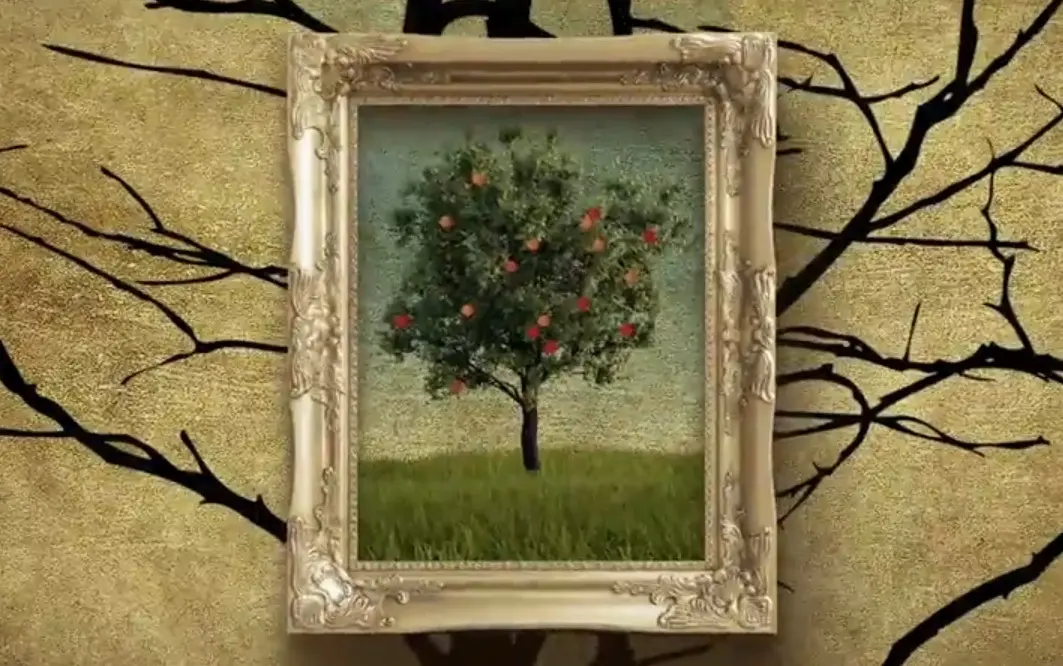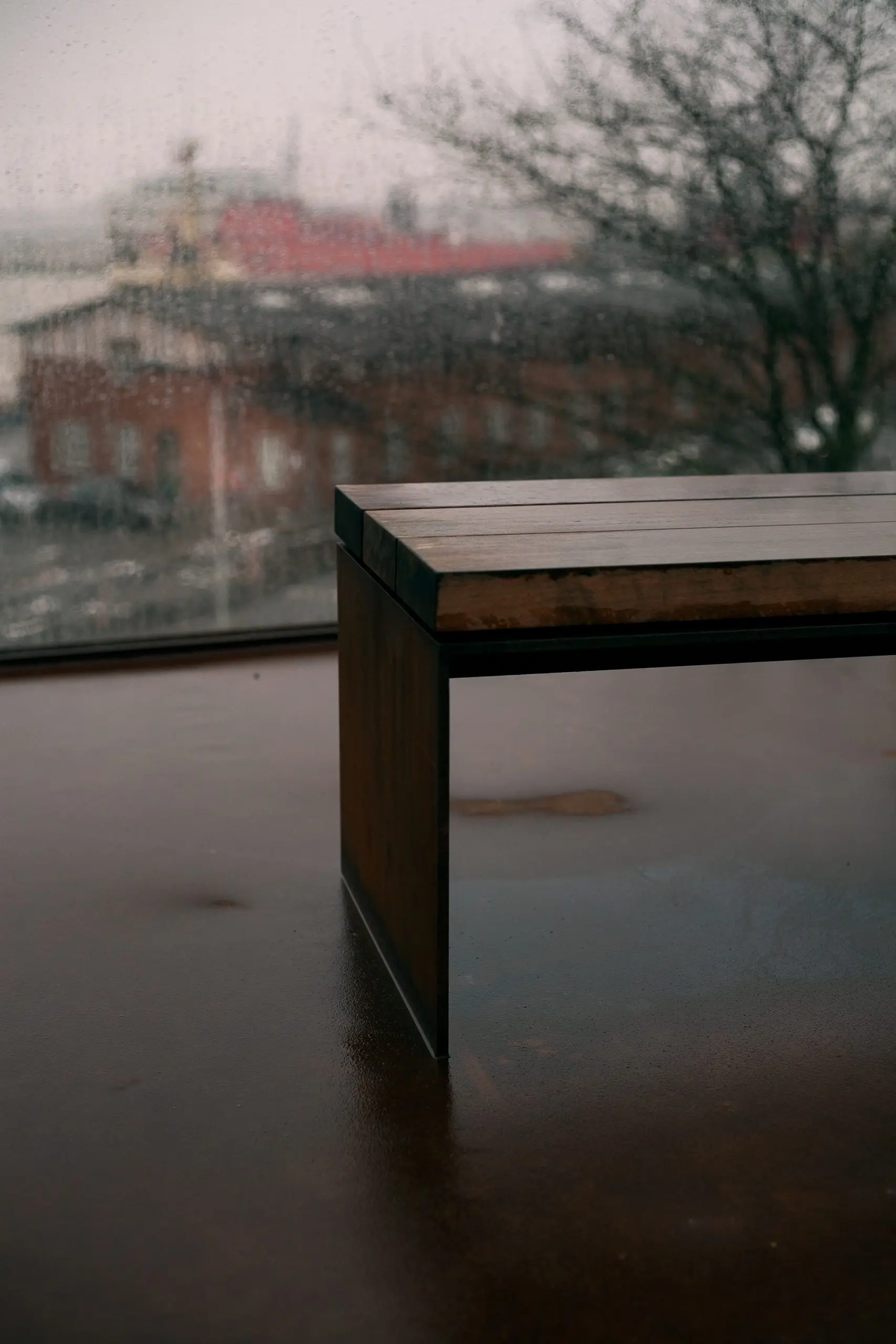Ken Boa briefly introduces his new book in this first of a series of videos. (Also available on Vimeo.)
Ken Boa’s book Shaped by Suffering tells us that only an eternal perspective can sustain us through the temporal sufferings required for growth in Christlike character in preparation for glory. Rooted in the book of 1 Peter, it is the third in a trilogy on developing an eternal perspective. Releasing from InterVarsity Press on February 4, 2020, the book is available for purchase in our online store (as well as from various commercial booksellers such as Amazon and Barnes & Noble).
Q&A with Ken Boa on Shaped by Suffering
Coauthor Jenny Abel interviews Ken Boa about their book Shaped by Suffering: How Temporary Hardships Prepare Us for Our Eternal Homes, released from InterVarsity Press February 4, 2020.
Jenny Abel (JA): If you had to distill the thesis of Shaped by Suffering down to one sentence, what would it be?
JA: What was the motivation behind the book?
In the process of teaching 1 Peter, I was forced to see the problem of evil in a different light. I began to see the redemptive dynamics of suffering. I began to see more and more that suffering is used by God’s grace to produce glory.
We all have suffering; it’s unavoidable. The question is not whether you’re going to have it, but what you’re going to learn from it—and, ultimately, what God does with it. That’s really the idea behind Shaped by Suffering.
JA: There have been a lot of books about suffering and the Bible. What’s different about this one?
We’re not asking the question, “How do we vindicate God?” or “How can a good God allow suffering?” but, rather, “How do I respond? Do I have hope or despair in my personal journey?” Most importantly, we’re asking “How can I follow in the footsteps of my Savior’s suffering?”
JA: In the introduction to the book, there’s a statement about how heroes of the faith have been shaped by suffering: “The qualities we most admire in people are seldom forged in times of ease but in times of adversity” (p. 2). Is there any individual in particular whose suffering produced the kind of character that you personally admire?
Augustine is another one. Even at the end of his life, knowing he was about to be killed, he was still writing The City of God. There’s just a sense of his holding on and staying in that awful race for the duration. So, there’s a sort of dignity to his life that I also admire.
I think the people I most admire are those who demonstrate fortitude, patience, and an ability to persevere in the midst of suffering. We all have these adversities, so at least if you’re going to suffer, let it be because of your pursuit of Christ. (The book, by the way, encompasses all kinds of suffering—as does Peter’s epistle.)
JA: How does Shaped by Suffering relate to your personal life experience?
I’ve found that my own experience of suffering has amplified my appreciation and empathy for people who go through adversity. I’ve come to the realization that if what I’m teaching is true, then I can live with hope and purpose, and, indeed, because of the adversities, I can actually do so on a deeper level than I have before.
Sometimes spiritual growth is coming around to the same truths but on a different level and seeing them in a new light. Often that comes through life experience and the adversity of this earth-bound sojourn. Certainly, I have found that to be true in my own experience.
JA: What is the significance of seeing suffering as something that shapes us, and how does this change our natural view of suffering?
On the other hand, when we think of suffering in a redemptive light, as something that shapes us, that changes our perspective entirely.
One metaphor I like to use is that restoration requires wreckage. Imagine walking into a room that is in the middle of being renovated. It looks like a mess until you see the blueprints and discover that there’s a goal it’s all leading toward. But you can’t get to that goal until you wreck it and reshape it and renew it. It’s the same thing with our suffering. From our perspective, suffering in this life looks like mere wreckage. But that’s because we don’t see the blueprints and the goal that God has in mind with it.
And because of this, it comes down to two things we need to believe: (1) God’s in control and we’re not; and (2) He has our best interest at heart, and we don’t really know what that is.
And that’s where I find myself fighting with God all the time, because I keep wanting to bring Him down to the bar of my reason—I’m effectively doing that when I complain and gripe and grumble. And in doing so, I’m forgetting the fact that God knows the future while I can only see according to my bounded lights.
The title of the book beautifully captures this message. You see the word “suffering,” and we can all relate to that, but the word “shaped” has a bit of hope in it. And that’s where I think it is so important to see the difference between a biblical perspective on suffering and a worldly perspective on suffering. This alchemy of grace makes all the difference. God redeems what He allows. We live in a soul-forming world, and the fact is that God forges beauty in us through adversity and pain.



